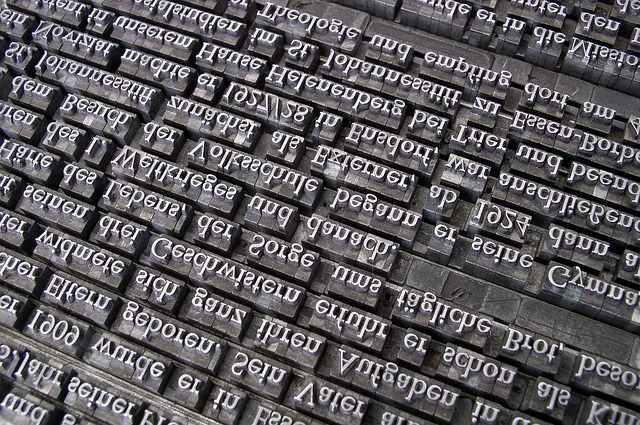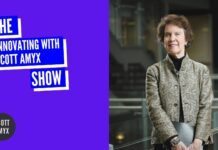Language barriers have long been a challenge in global communication and collaboration. However, with the advent of multilingual ChatGPT, powered by advanced language models, we are witnessing a breakthrough in overcoming these barriers. We will delve into the exciting realm of multilingual ChatGPT and how it is revolutionizing language interactions, enabling seamless communication across diverse cultures and languages.
Multilingual ChatGPT: Opening Doors to Global Conversations
Multilingual ChatGPT is designed to understand and respond to user queries in multiple languages. By training the language model on diverse datasets, including various languages and their unique linguistic nuances, ChatGPT becomes proficient in comprehending and generating responses in multiple languages. This breakthrough technology unlocks new opportunities for global communication and collaboration.
Breaking Language Barriers: Facilitating Cross-Cultural Communication
With multilingual ChatGPT, language is no longer a barrier to effective communication. Users can engage in conversations in their native language, allowing for a more natural and meaningful exchange of ideas. Multilingual ChatGPT can accurately interpret user input, understand cultural references, and generate contextually appropriate responses, fostering cross-cultural understanding and collaboration.
Improving Accessibility and Inclusivity
Multilingual ChatGPT plays a crucial role in improving accessibility and inclusivity in digital interactions. It enables individuals who are non-native English speakers or have limited proficiency in English to participate fully in conversations. By providing support for a wide range of languages, ChatGPT empowers users from diverse linguistic backgrounds to express themselves, seek information, and engage in meaningful discussions.
Enhancing Customer Support and Service
Multilingual ChatGPT has significant implications for customer support and service in global businesses. Companies can deploy ChatGPT in their customer service systems to provide multilingual assistance, answering queries, and resolving issues in multiple languages. This reduces language barriers, enhances customer satisfaction, and expands the reach of businesses to a global customer base.
Translation and Language Learning
Multilingual ChatGPT also serves as a powerful tool for translation and language learning. Users can input text in one language and receive translations in real-time, aiding in cross-language communication. Language learners can engage in conversations with ChatGPT to practice their language skills, receive feedback, and learn new vocabulary and expressions.
Challenges and Future Developments
While multilingual ChatGPT is a significant advancement, challenges remain in terms of accuracy, cultural nuances, and low-resource languages. Ongoing research and development efforts focus on refining the model’s understanding of diverse languages, improving translation capabilities, and addressing biases and cultural sensitivities to ensure inclusive and culturally aware interactions.
Multilingual ChatGPT is transforming the way we communicate and collaborate across languages and cultures. By breaking down language barriers, it facilitates global conversations, enhances customer support, enables translation, and empowers language learners. As multilingual ChatGPT continues to evolve and address challenges, we can anticipate a future where language is no longer a barrier, fostering a more connected and inclusive global society.
Book Scott Today
Book Scott to keynote at your next event!
Managing Partner at Astor Perkins, TEDx, Top Global Innovation Keynote Speaker, Forbes, Singularity University, SXSW, IBM Futurist, Tribeca Disruptor Foundation Fellow, National Sloan Fellow, Wiley Author, TechCrunch, Winner of Innovation Awards.


















